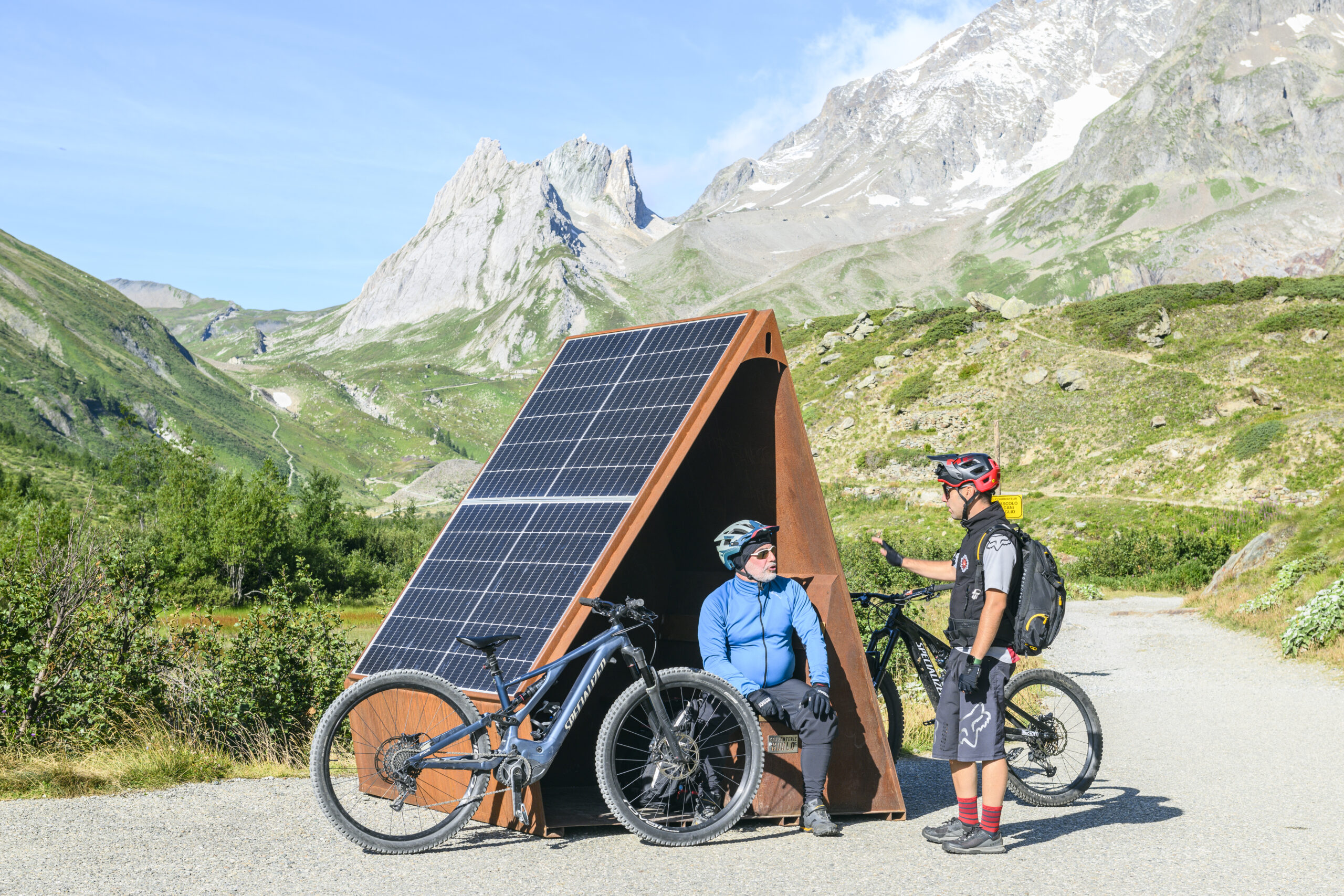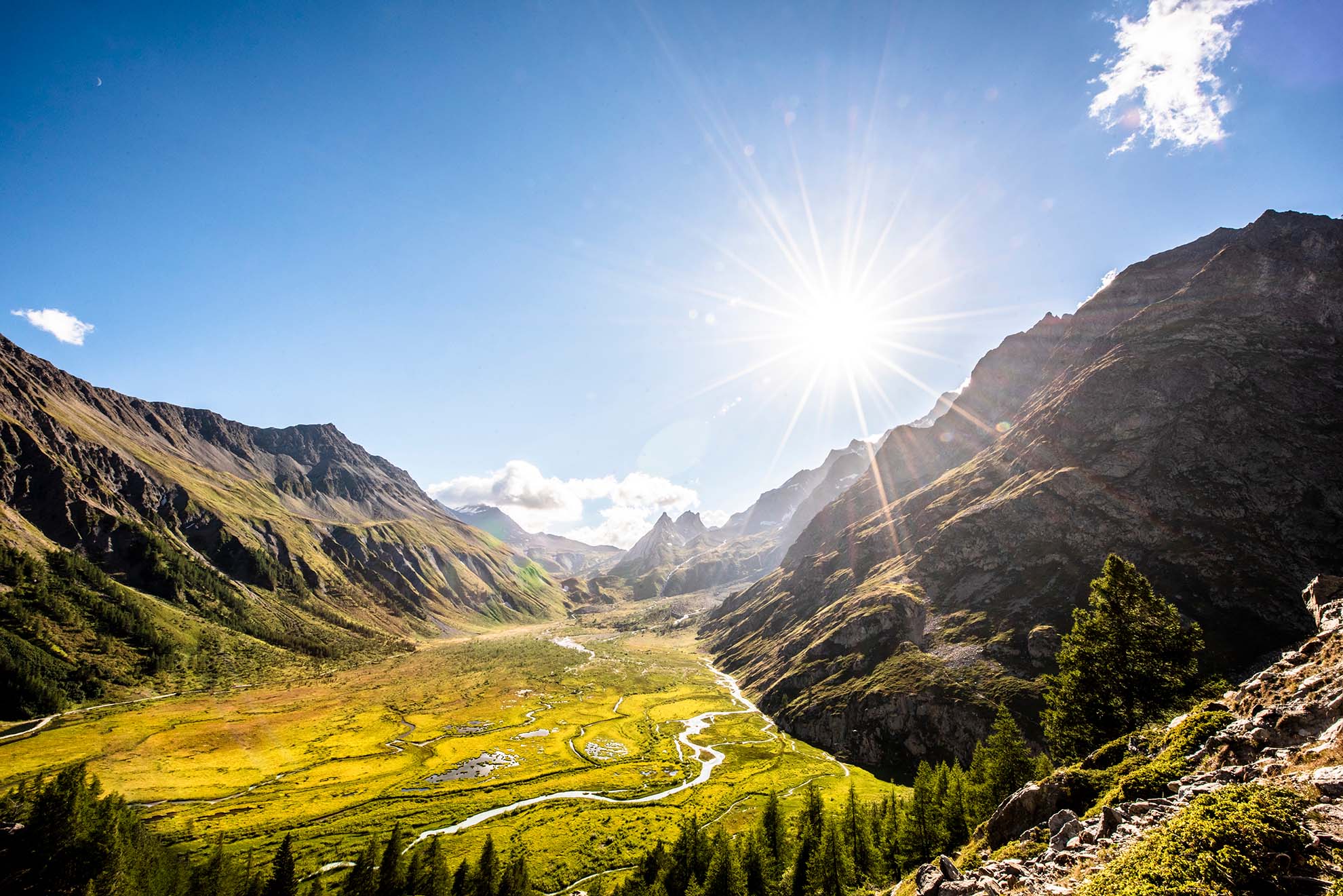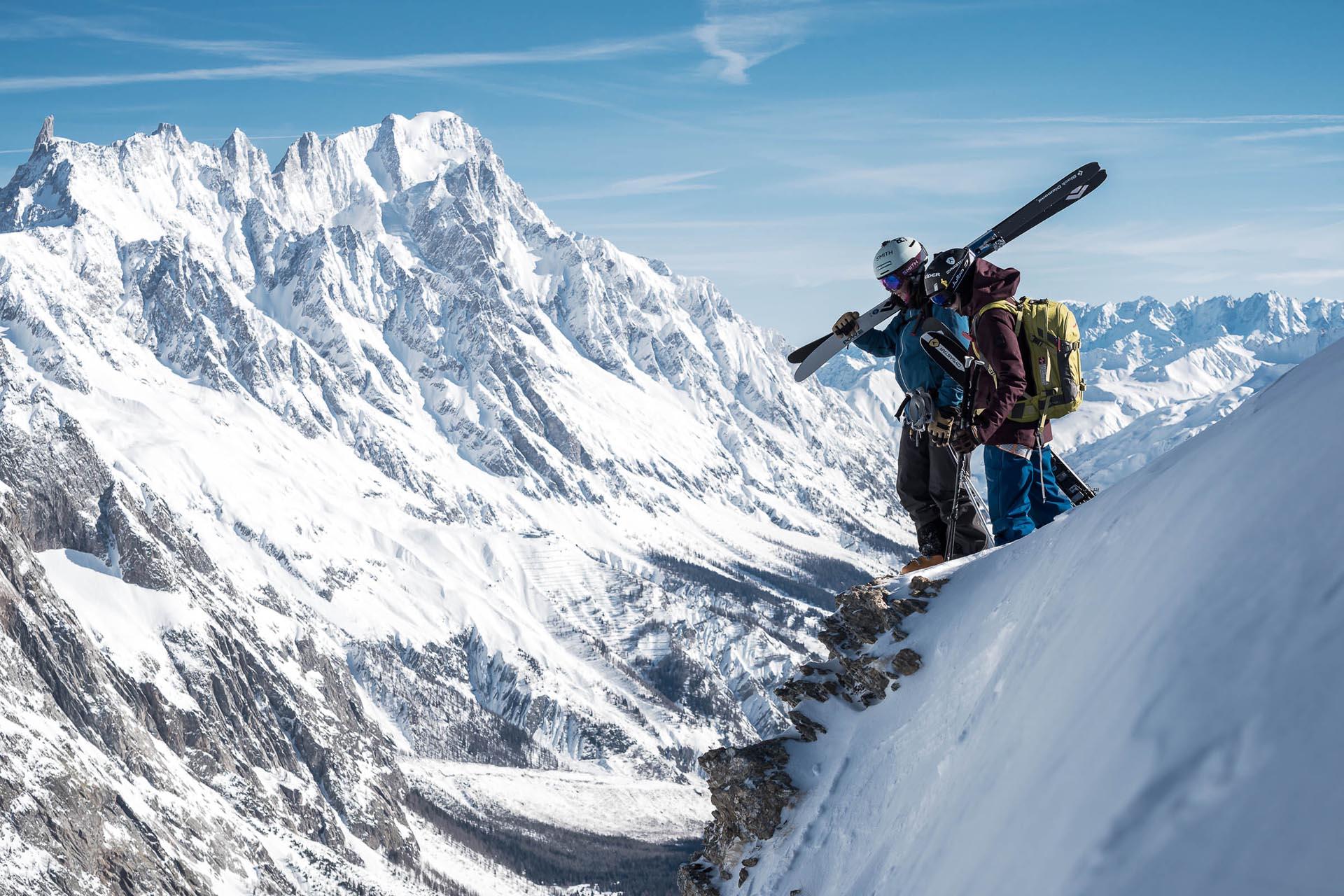05 June, 2024
E-bike Mont Blanc project

The ‘E-bike Mont Blanc’ project co-financed by the Interreg Alcotra Italy-France Programme 2021-2027 was approved by the Monitoring Committee on 26 January 2023. The Municipality of Courmayeur is leading it with partners the Autonomous Region of Valle d’Aosta, Department of Transport and Sustainable Mobility, and the Communauté des Communes de la Vallée de Chamonix Mont Blanc.
The amount of the project is €929,215.11, and it is to be completed in 15 months starting in May 2023. On the Italian side, the project is 100% financed, with 80% ERDF and 20% national counterparts. On the French side, in addition to the 80% ERDF grant, the project is self-financed by the Communauté de Communes Vallée de Chamonix Mont-Blanc for the remaining 20%.
Objectives
The project aims to enhance the natural and cultural heritage of Mont Blanc in a sustainable way through the promotion and integrated, cross-border management of the recreational and tourist practice of e-biking. Through the cooperation of the three partners, a cross-border strategy will be implemented, characterised by sustainability and respectful use of the mountain in support of e-bike practice on both sides of Mont Blanc by tourist customers, involving local operators and companies.
Activities
To achieve the objective, the project envisages three actions:
- a cross-border promotion strategy that enhances the existing offer
and that communicates the potential, richness and diversity of the e-bike offer of the two sides of the Massif, making people perceive the added value of an ‘en plein air’ holiday discovering the Courmayeur area and the Chamonix Valley where e-bikes can be practised on itineraries ranging from Val Ferret in Courmayeur to the Chamonix Valley - improving and enhancing the offer of e-bike itineraries,
on the one hand adapting the current trails to allow e-biking so that they can be used by bikers and trekkers, reducing interference between the two types of users, and on the other hand constructing new stretches of trail in strategic points of the route network. The improvement of the entire route network will seek to preserve the most sensitive areas, where e-bikes must not leave the indicated routes; - the activation of a new transport service through the Mont Blanc Tunnel,
using existing bus lines and an experimental shuttle to facilitate travel between Italy and France by allowing passengers to travel with their e-bikes. The project will propose an offer that does not exist today for those who wish to cross the border carrying their e-bike and currently have to use their private car or rely on a few hauliers offering a service on demand. The project envisages two types of solutions:
1.introduction, in the bus line service between Courmayeur and Chamonix, of a specific offer for e-bikes, equipping the buses, during the summer period, with suitable bike racks;
2.establishment of an experimental shuttle service on demand (equipped with bike racks) that will allow bikers to more easily reach the routes on either side of the Mont Blanc Massif, through the Tunnel.
Results
- conscious development and management of the e-bike route network on both sides,
with an extension of the network on the Italian side in the Val Veny sector and with an optimisation of the valley-floor routes in the Chamonix Mont-Blanc Commune; - overcoming the current lack of cross-border transport services dedicated to ebikes,
between Courmayeur and the Chamonix Mont Blanc valley specific transport services for e-bikes through the Mont Blanc Tunnel; - increase in cross-border transit of e-bike tourists, thanks to the new bus bike transport service;
optimisation of the offer of e-bike routes - which aims to reduce private car traffic through the Tunnel to the benefit of collective (public-private) transport that will allow visitors from both locations to enjoy a unique outdoor experience on two wheels on the other side of Mont Blanc;
- integrating mountain biking and hiking,
by identifying adapted routes by adapting existing routes that avoid conflicts of use and allow better enjoyment and tourist enhancement of the natural and cultural heritage of the Mont Blanc Massif.

 Spring
Spring  Summer
Summer  Autumn
Autumn  Winter
Winter 
